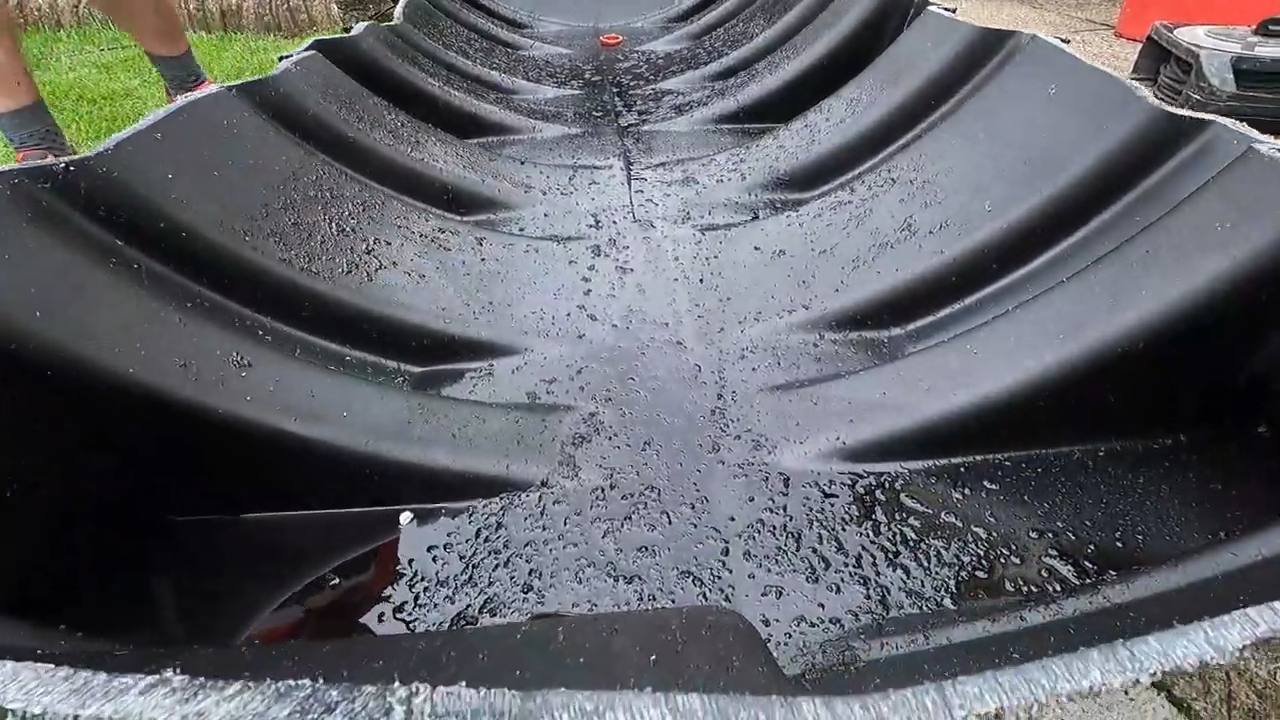If you’re relying on a heating oil tank to keep your home cosy during the colder months, it’s crucial to maintain its health. Over time, sludge and deposits can accumulate inside the tank, potentially leading to a series of problems that could affect the efficiency and reliability of your heating system. This article explores why these deposits form, their impact on your heating system, and what you can do to manage this issue effectively.
Why Sludge and Deposits Form in Heating Oil Tanks
Heating oil tanks are susceptible to sludge and deposit formation due to several factors. Firstly, the natural degradation of oil over time leads to the accumulation of sediments at the bottom of the tank. These sediments are primarily made up of heavy particles that were initially suspended in the oil but settle out due to gravity.
Another contributing factor is the presence of water. Water can enter the tank through condensation (when warm air meets the colder surface of the tank) or possibly through leaks and faulty seals. This water sinks to the bottom of the tank, as it is denser than oil, and fosters an environment where bacterial and fungal microbes thrive. These microbes feed on the oil, producing waste products that contribute to the sludge.
Additionally, rust and corrosion inside the tank can lead to the buildup of metal particles in the oil, further exacerbating the problem.
Another contributing factor is the presence of water. Water can enter the tank through condensation (when warm air meets the colder surface of the tank) or possibly through leaks and faulty seals. This water sinks to the bottom of the tank, as it is denser than oil, and fosters an environment where bacterial and fungal microbes thrive. These microbes feed on the oil, producing waste products that contribute to the sludge.
Additionally, rust and corrosion inside the tank can lead to the buildup of metal particles in the oil, further exacerbating the problem.
Impact on Heating System Health
The presence of sludge and other deposits in a heating oil tank can have several detrimental effects on the health and efficiency of your heating system:
- Blocked Filters and Lines: Sludge can clog the filters and lines of your heating system, restricting oil flow and reducing efficiency. This can strain your burner, leading to more frequent repairs and shorter system lifespan.
- Inefficient Burning: Particles and water in the oil can cause incomplete combustion. This not only leads to higher oil consumption but also increases the production of harmful emissions, affecting both your wallet and the environment.
- Corrosion and Damage: Water and microbial waste products can corrode tank walls and components of the heating system. Over time, this can lead to leaks or severe system failures, potentially requiring costly replacements.
- System Downtime: If the sludge buildup is significant, it can lead to system malfunctions and downtimes, particularly during the peak heating season when you most need your heating system to function smoothly.
Managing Sludge and Deposit Buildup
To mitigate these issues, regular maintenance is essential. Here are a few steps homeowners can take:
By understanding the causes of sludge and deposits in heating oil tanks and taking proactive steps to address them, homeowners can ensure their heating systems remain reliable and efficient year-round. This not only enhances home comfort but also contributes to longer-lasting heating solutions and environmental sustainability.
- Regular Inspection and Cleaning: Have your oil tank inspected and cleaned by a professional at least once every five years to remove sludge and check for signs of internal damage or corrosion.
- High-Quality Oil: Use high-quality heating oil with additives that help prevent sludge formation. These additives can also improve fuel efficiency and reduce the risk of water accumulation.
- Tank Replacement: Consider replacing old tanks with modern models designed to minimize water accumulation and microbial growth.
- Monitor and Maintain: Keep an eye on tank and system conditions, particularly before and after the heating season. Regular filter changes and line checks can prevent minor issues from becoming major problems.
By understanding the causes of sludge and deposits in heating oil tanks and taking proactive steps to address them, homeowners can ensure their heating systems remain reliable and efficient year-round. This not only enhances home comfort but also contributes to longer-lasting heating solutions and environmental sustainability.
You may also be interested to know how the heat of the sun affects your oil tank. Read article








